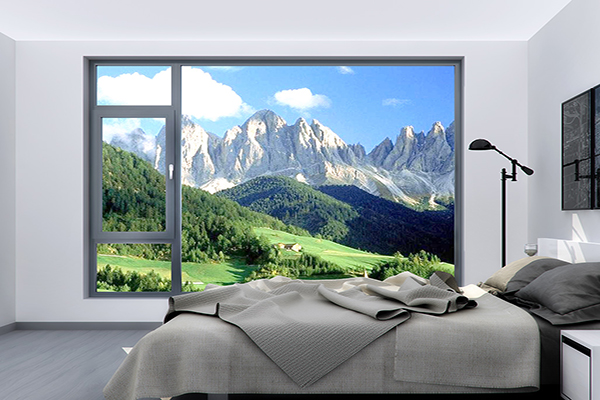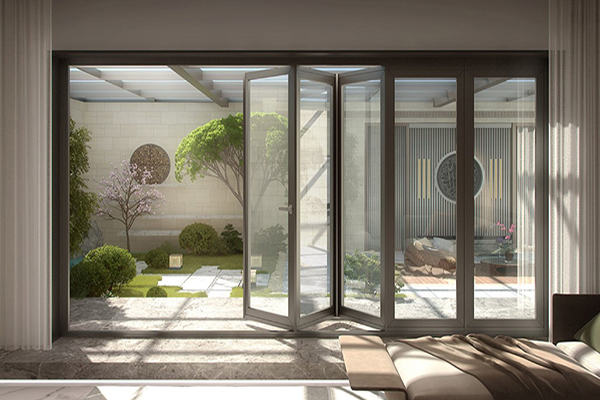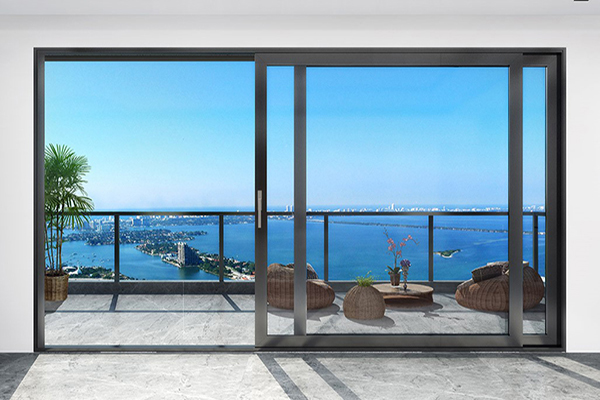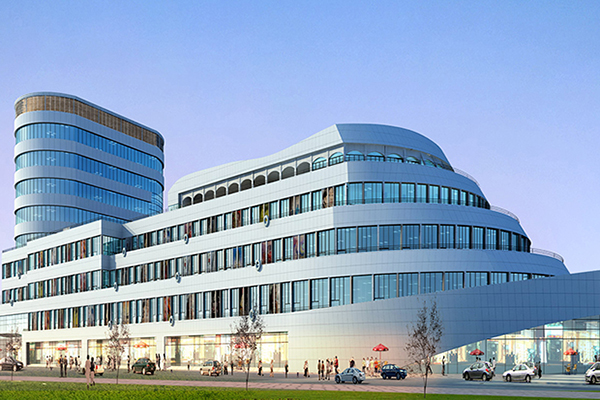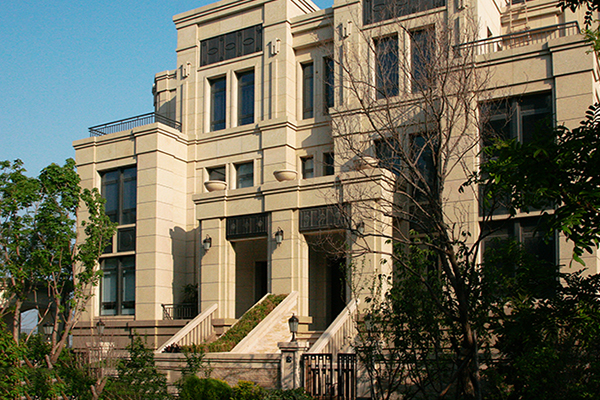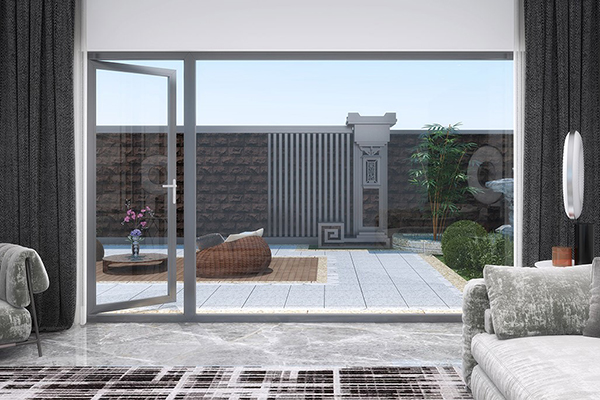Tough and Durable Aluminium Windows
When it comes to selecting windows for a home or building, durability is a top consideration. Windows must withstand the test of time, weather, and daily use while maintaining their structural integrity and appearance. Aluminium windows have earned a reputation as a tough and durable option, thanks to their robust material properties and innovative engineering. A standout feature contributing to their longevity is the unique multi-chamber, fusion-welded sash and frame design, which ensures exceptional strength and resilience. This article delves into what makes aluminium windows so tough and durable, exploring their construction, advantages, and why aluminium windows are a reliable choice for modern architecture.
The Inherent Strength of Aluminium
Aluminium is a naturally tough material, combining lightweight versatility with impressive strength. Unlike wood, which can rot or warp, or steel, which may rust without proper treatment, aluminium resists corrosion and environmental degradation. This innate durability makes it an ideal choice for window frames, capable of enduring harsh weather conditions—be it torrential rain, scorching heat, or freezing cold—without losing its form or function. The toughness of aluminium ensures that windows remain stable and secure, even in high-wind areas like coastal regions or high-rise buildings, where structural integrity is non-negotiable.
Beyond its resistance to the elements, aluminium’s strength-to-weight ratio allows for the creation of slim yet sturdy frames. This balance enables larger window designs with expansive glass areas, enhancing natural light and views without compromising durability. When paired with advanced manufacturing techniques, such as the multi-chamber and fusion-welded design, aluminium windows become a powerhouse of toughness that stands up to both time and external pressures.
The Multi-Chamber Design: Engineering Durability
The multi-chamber design is a key innovation that sets high-quality aluminium windows apart. Unlike traditional single-chamber frames, multi-chamber systems feature several internal compartments within the sash and frame. These chambers act as reinforcing structures, distributing stress and adding rigidity to the window. This design not only enhances the window’s ability to resist bending or twisting under force but also improves its thermal performance by creating air pockets that reduce heat transfer—an added bonus to its durability.
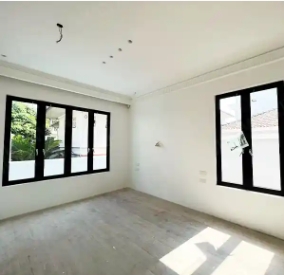
The chambers also contribute to the window’s toughness by providing additional support against physical impacts. For instance, in areas prone to storms or flying debris, multi-chamber aluminium windows are less likely to dent or crack compared to simpler designs. This structural reinforcement ensures that the window maintains its shape and functionality over decades, making it a long-term investment for homeowners and builders seeking reliability.
Fusion-Welded Sash and Frame: Seamless Strength
Complementing the multi-chamber design is the fusion-welded construction of the sash and frame. Fusion welding involves melting and bonding the aluminium components together at their joints, creating a seamless, monolithic structure. Unlike mechanical fasteners or adhesives, which can loosen or degrade over time, fusion welding eliminates weak points, ensuring that the window remains tightly integrated. This process enhances the window’s resistance to air and water infiltration, as there are no gaps or seams for moisture to penetrate—a common issue in less durable window types.


